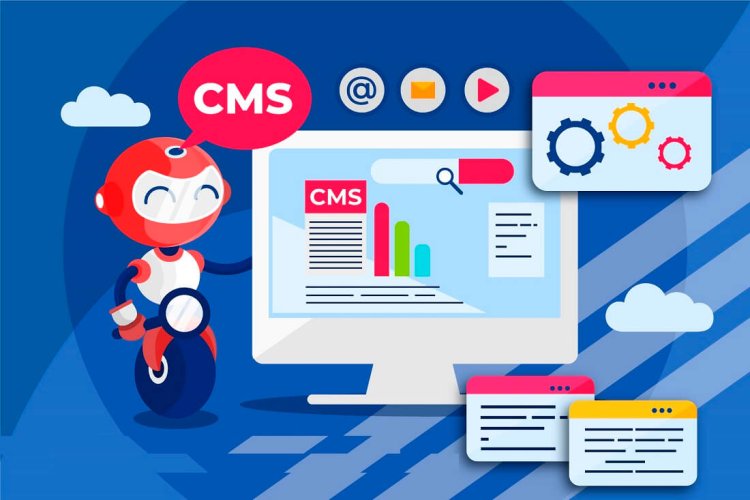The Future of Ruby on Rails in Trends and Predictions
It has been a game-changer in web development due to its simplicity, productivity, and emphasis on convention over configuration.
Share this Post to earn Money ( Upto ₹100 per 1000 Views )

Ruby on Rails (RoR) is a powerful and popular web application framework written in Ruby. It has been a game-changer in web development due to its simplicity, productivity, and emphasis on convention over configuration. Here are some key aspects and benefits of Ruby on Rails web development:
Ruby on Rails (RoR) has been a popular framework for web development since its release in 2005. Known for its simplicity and productivity, RoR has powered many successful applications. As the web development landscape evolves, it’s crucial to understand the trends and predictions shaping the future of Ruby on Rails.
1. Continued Popularity in Startups and MVP Development
Ruby on Rails remains a favored choice for startups and Minimum Viable Product (MVP) development. Its convention-over-configuration philosophy and rapid development capabilities enable startups to quickly bring products to market. The framework’s ease of use and extensive libraries (gems) allow developers to focus on building features rather than boilerplate code.
2. Integration with Modern Frontend Frameworks
The integration of Ruby on Rails with modern frontend frameworks, such as Angular, React, and Vue.js, is becoming more prevalent. This combination leverages the strengths of Rails for backend development and the dynamic capabilities of frontend frameworks for creating rich, interactive user experiences. The trend towards single-page applications (SPAs) and progressive web apps (PWAs) drives the need for seamless integration between RoR and frontend frameworks like Angular.
3. Enhanced Performance and Scalability
Performance and scalability improvements remain a focus for the Ruby on Rails community. The introduction of Rails 6 and 7 brought several enhancements, such as improved support for concurrent requests and Webpack integration. These improvements make Rails more suitable for high-traffic applications. Additionally, the use of serverless architectures and microservices is expected to rise, allowing RoR applications to scale more efficiently.
4. API-First Development
API-first development is gaining traction, with more applications relying on APIs for mobile and frontend integration. Ruby on Rails’ robust support for RESTful APIs makes it a strong candidate for API-first development. The rise of GraphQL, which offers more efficient and flexible data fetching, is also influencing the Rails ecosystem. Developers are increasingly using Rails with GraphQL to build performant and maintainable APIs.
5. Emphasis on Developer Happiness and Productivity
One of Ruby on Rails’ core philosophies is to maximize developer happiness and productivity. This focus will continue to drive the framework’s evolution. Tools and features that streamline development, automate repetitive tasks, and simplify code management will be emphasized. The vibrant Rails community will keep contributing to gems and plugins that enhance the developer experience.
6. Growing Demand for Ruby on Rails Web Development Services
The demand for Ruby on Rails web development services remains strong, particularly among businesses seeking reliable, maintainable, and scalable web applications. Companies providing Ruby on Rails development services will continue to find opportunities in industries like e-commerce, fintech, healthcare, and social networking.
7. Integration with Cloud Services and DevOps
Integration with cloud services and DevOps practices will become increasingly important for Ruby on Rails applications. Continuous Integration/Continuous Deployment (CI/CD) pipelines, containerization with Docker, and orchestration with Kubernetes are becoming standard practices. These integrations help streamline the deployment process, ensure scalability, and enhance the reliability of RoR applications.
Conclusion
The future of Ruby on Rails in web development looks promising, with continued relevance in startups and MVPs, enhanced integration with modern frontend frameworks like Angular, and a strong focus on developer productivity. Performance improvements, API-first development, and integration with cloud and Cloud DevOps Services practices will further solidify Ruby on Rails’ position in the web development landscape. As businesses continue to seek robust and scalable web solutions, the demand for Ruby on Rails web development services will remain strong.

















